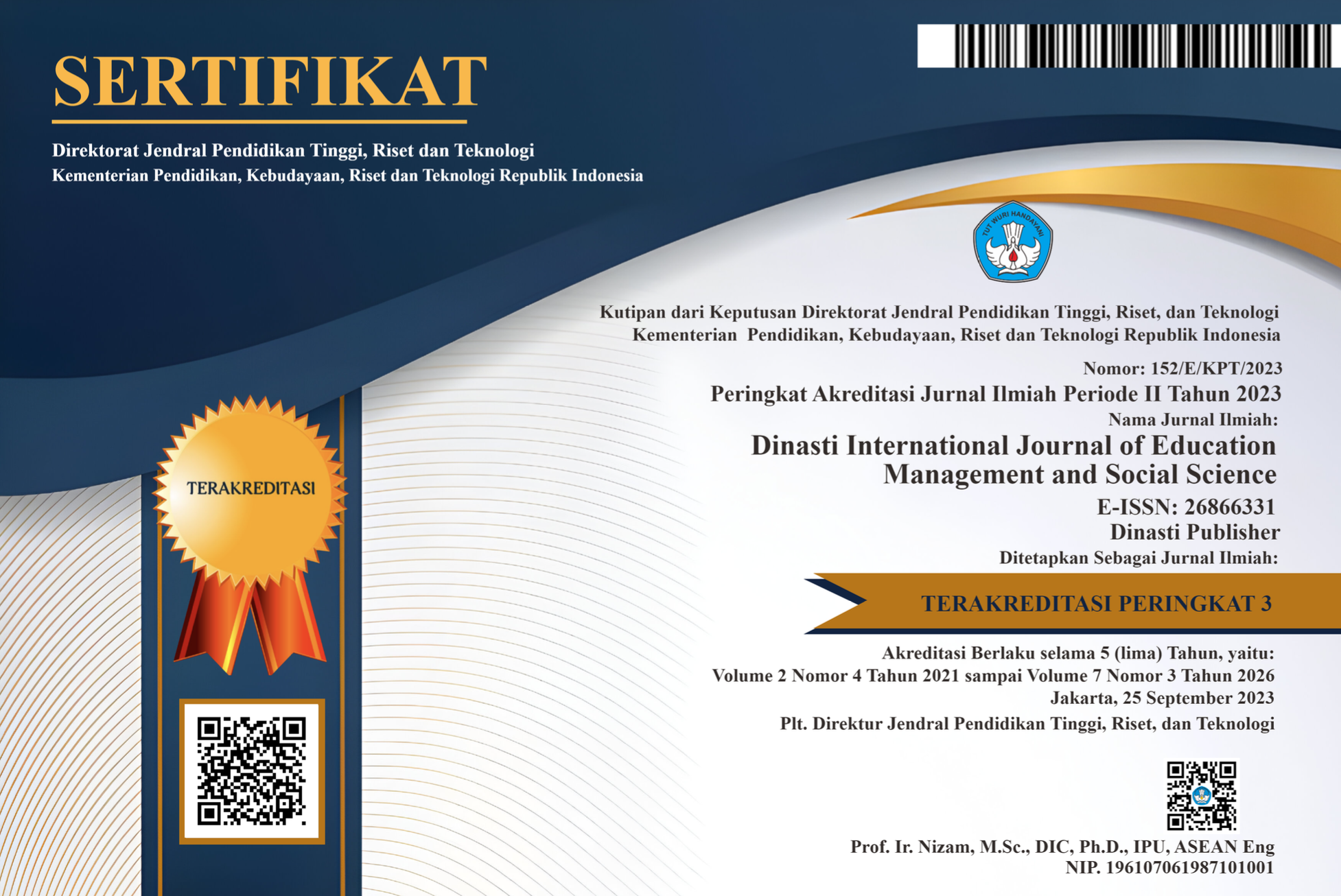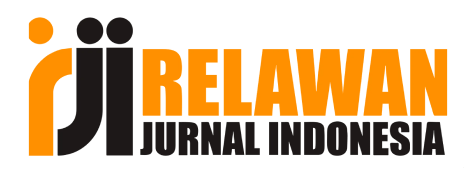Acculturation of Martabak Har culinary culture as a cultural identity and tourist attraction in Palembang
DOI:
https://doi.org/10.38035/dijemss.v6i1.3312Keywords:
Cultural Acculturation, Martabak HAR, Cultural Identity, Gastronomy, PalembangAbstract
This study aims to examine the process of cultural acculturation in martabak HAR as a typical Palembang culinary cultural identity and explore its potential as a tourist attraction. Gastronomic theory was used to analyze the relationship between culture and food consumption. The results show that the cultural acculturation of martabak HAR involves the incorporation of Indian and Malay culinary elements, making it a unique Palembang cultural identity. Martabak HAR not only acts as a specialty food but also as a symbol of local pride and a strong tourist attraction. Strategies to maintain martabak HAR's reputation include maintaining the quality of raw materials, menu innovation, tourism promotion, good service, and offering an authentic culinary experience. This research provides an in-depth understanding of martabak HAR's contribution to the cultural identity and tourism of Palembang City.
References
Abdullah, A. (2018). Gastronomi dan Budaya. Yogyakarta: Penerbit Gadjah Mada University Press.
DeVito, J. A. (2019). The Interpersonal Communication Book. Harlow, UK: Pearson Education.
Dewi, S. (2021). Potensi Kuliner Lokal sebagai Daya Tarik Wisata di Kota Palembang. Jurnal Pariwisata, 8(2), 123-135.
Ermawati, E. (2020). Martabak Har: Akulturasi Budaya di Palembang. Jurnal Sejarah dan Budaya, 12(2), 145-158.
Farida, U. (2019). Kuliner Tradisional Palembang. Palembang: Penerbit Unsri Press.
Flew, T. (2018). New Media. Oxford, UK: Oxford University Press.
Guerrero, L. K., & Floyd, K. (2017). Nonverbal Communication in Close Relationships. Oxon: Routledge.
Hall, S. (2019). Cultural Identity and Diaspora. In J. Rutherford (Ed.), Identity: Community, Culture, Difference (pp. 222-237). London, UK: Lawrence & Wishart.
Lestari, S. (2021). Peran Martabak Har dalam Ritual Budaya Masyarakat Palembang. Jurnal Budaya Nusantara, 7(1), 87-102.
Martin, J. N., & Nakayama, T. K. (2018). Intercultural Communication in Contexts. New York, NY: McGraw-Hill Education.
Mintz, S. W., & Du Bois, C. M. (2002). The Anthropology of Food and Eating.
Annual Review of Anthropology, 31(1), 99119.
Nofrizal. (2020). Identitas Budaya Kuliner Khas Palembang: Studi Kasus Martabak Har. Jurnal Budaya dan Pariwisata, 7(1), 45-58.
Pilcher, J. M. (2017). Food in World History. New York, NY: Routledge.
Poole, M. S., & Hollingshead, A. B. (2019). Theories of Small Groups: Interdisciplinary Perspectives. Thousand Oaks, CA: SAGE Publications.
Pratiwi, A. (2019). Strategi Promosi Pariwisata Berbasis Kuliner Lokal di Kota Palembang. Jurnal Komunikasi, 11(2), 87-98.
Ramadhani, F. (2018). Akulturasi Budaya dalam Perkembangan Kuliner Tradisional Palembang. Jurnal Sejarah dan Budaya, 12(1), 67-78.
Saputra, R. (2022). Potensi Martabak Har sebagai Daya Tarik Wisata Kuliner di Palembang. Jurnal Pariwisata, 9(2), 123-135.
Susanti, A. (2021). Akulturasi Budaya dalam Martabak Har di Palembang.
Jurnal Antropologi, 18(1), 59-72.
Tubbs, S. L., & Moss, S. (2019). Human Communication: Principles and Contexts. New York, NY: McGraw-Hill Education.
Utami, P. (2019). Keberagaman Kuliner Nusantara. Yogyakarta: Penerbit Andi.
Utami, P., & Wulandari, S. (2018). Kuliner Lokal sebagai Daya Tarik Wisata.
Jurnal Pariwisata, 5(2), 101-112.
Yuliati, D. (2015). Palembang: Melacak Jejak Silang Budaya. Yogyakarta: Penerbit Ombak
Zahra, A. (2017). Makanan Tradisional sebagai Representasi Identitas Budaya.
Jurnal Kajian Budaya, 7(2), 131-142.
Downloads
Published
How to Cite
Issue
Section
License
Copyright (c) 2024 Aliyah Zahrah Nur It’snaini, Desy Misnawati

This work is licensed under a Creative Commons Attribution 4.0 International License.
Authors who publish their manuscripts in this journal agree to the following conditions:
- The copyright on each article belongs to the author(s).
- The author acknowledges that the Dinasti International Journal of Education Management and Social Science (DIJEMSS) has the right to be the first to publish with a Creative Commons Attribution 4.0 International license (Attribution 4.0 International (CC BY 4.0).
- Authors can submit articles separately, arrange for the non-exclusive distribution of manuscripts that have been published in this journal into other versions (e.g., sent to the author's institutional repository, publication into books, etc.), by acknowledging that the manuscript has been published for the first time in the Dinasti International Journal of Education Management and Social Science (DIJEMSS).















































